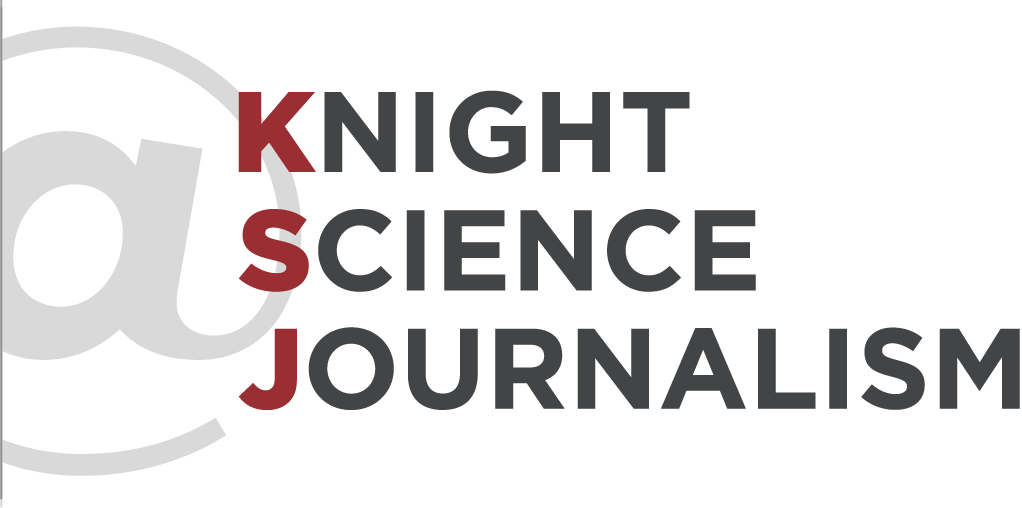
[Updates with observation that Time Warner owns CNN and that a Time reporter spoke about the cancer cover story on CNN.]
Time magazine's April 1 cover story entitled "How to Cure Cancer," which I critiqued in an earlier post, praises the work of the M.D. Anderson Cancer Center. Here are some of the things that reporters Bill Saporito and Alice Park had to say about it:
Dr. Ronald DePinho, president of MD Anderson Cancer Center, is adopting a similarly collaborative approach around what the world-renowned institute calls its Moon Shots program, assembling six multidisciplinary groups to mount comprehensive attacks on eight cancers: lung, prostate, melanoma, breast, ovarian and three types of leukemia. For DePinho, this is a $3 billion throwdown…
…Dr. Gordon Mills of MD Anderson–another world-class PI3K pathway investigator…
Exploiting connections, says Dr. John Heymach, an oncologist at MD Anderson who is part of an SU2C dream team focused on circulating tumor cells, "is where team science becomes important…
More hope for other potential patients is coming from the new platforms MD Anderson has added around prevention and early detection…
I counted nine mentions of M.D. Anderson, and I might have missed some.
That's all fine. If the reporting shows that M.D. Anderson is a leader, then the story should reflect that. What should emphatically not happen is this: Time ran a full-page ad for M.D. Anderson in the middle of the story, in direct violation of industry guidelines on ad placement.
Is this a story, we are led to wonder, or an advertorial for M.D. Anderson?
The language in the ad is almost identical to some of the language in the story. "M.D. Anderson continues to pioneer new approaches in cancer treatment," it says. Helpfully, the ad includes M.D. Anderson's phone number.
Note above that the story also mentions the M.D. Anderson "Moon Shots" program to cure cancer. Saporito and Park say the "moon shots" analogy "is not a marketing gimmick," but of course it is. M.D. Anderson used this gimmick to get a day full of coverage by CNN's Sanjay Gupta, who embarrassingly treated the "moon shots" program as breaking news. "Breaking-cure for cancer close," he tweeted. In a post on that, I called it possibly the worst cancer-cure hype ever.
And as one conspiracy-minded reader points out, Time Warner owns CNN, and perhaps M.D. Anderson arranged for a package deal with coverage in both Time and CNN. (Indeed, Alice Park, who contributed to the story, appeared on CNN on March 27th to talk about it.)
A conspiracy? That doesn't seem likely. Or does it?
The American Society of Magazine Editors has guidelines that restrict the placement of ads near editorial copy that mentions the institutions or individuals involved. Here is the language from paragraph 5 of the ASME guidelines:
Editors and publishers should avoid positioning advertisements near editorial pages that discuss or show the same or similar products sold by the advertiser (a rule of thumb used by many magazines is, the reader must turn the page at least twice between related ad and edit).
I emailed ASME to ask about this, and Sid Holt, ASME's chief executive, gave me this statement:
It is not uncommon for ads to run in issues in which the marketer's products receive editorial coverage. If a magazine fails to follow the ASME Guidelines on ad-edit adjacencices (see paragraph 5 of the guidelines), ASME discusses it directly with the magazine but usually does not comment publically on specific examples.
I also emailed Time for an explanation. Daniel Kile, Time's Executive Director of public relations, sent me this:
As is always the case, TIME adheres to ASME guidelines on ad placement, and this ad was sold well before the story was written.
I immediately emailed him back to say that, no, Time did not follow ASME guidelines, as should be clear to anyone. I also asked why the timing of the ad sale had anything to do with this. The issue is ad placement, not ad sale.
I have not yet received a further response.
I don't know whether this will strike some as trivial, but it is a serious violation of what used to be known as the separation of church and state. That is, the editorial side worked very hard to isolate itself from the advertising sales people, so nobody could accuse reporters and editors of writing stories to sell ads, rather than to enlighten readers.
It might have always been the case that, as Kile says, Time adhered to ASME guidelines. But it did not do so this time.
-Paul Raeburn
[Thanks to John Travis of Science magazine for alerting me to the ad.]


Leave a Reply